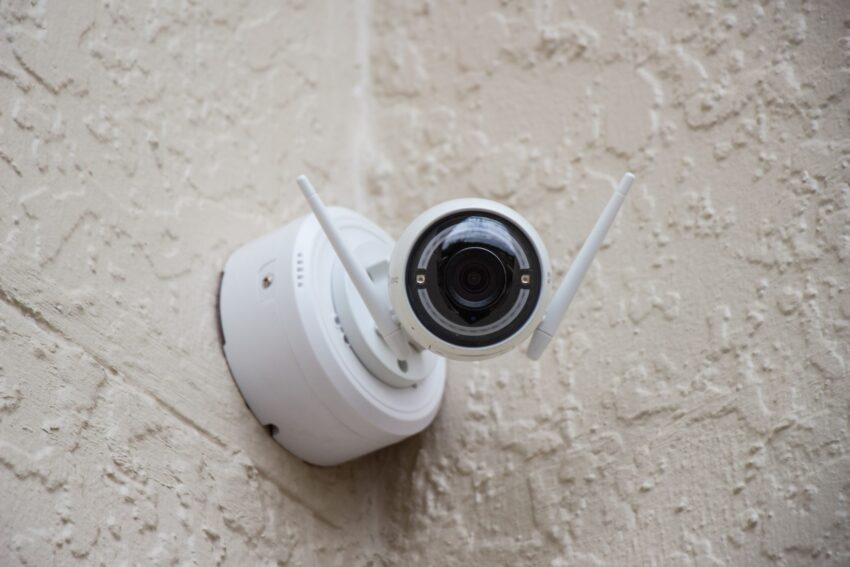The convenience of smart home devices – from thermostats to doorbells – is undeniable. However, with this convenience comes a new set of security concerns. These interconnected devices can become gateways for hackers to access your personal information and even compromise your physical security. This guide explores essential steps you can take to secure your smart home devices and minimize the risk of hacking threats.
Understanding the Risks
Before diving into solutions, let’s explore the potential consequences of a hacked smart home:
-
Privacy Breach: Hackers can exploit vulnerabilities to access data from your smart devices, including camera feeds, microphone recordings, and even browsing history.
-
Physical Security Threats: Hackers could gain control of smart locks, allowing unauthorized access to your home. They could also manipulate smart thermostats, creating uncomfortable or even potentially damaging conditions.
-
Disruption and Annoyance: Hackers may simply disrupt your daily routine by adjusting thermostat settings, turning on lights, or blaring music through smart speakers.
Essential Security Measures
Here are some fundamental steps you can take to secure your smart home devices:
-
Strong Passwords and Two-Factor Authentication: Use unique and complex passwords for each of your smart home devices. Whenever possible, enable two-factor authentication (2FA) for an extra layer of security.
-
Secure Your Wi-Fi Network: The Wi-Fi network that connects your smart devices is the first line of defense. Use a strong encryption protocol like WPA3 and a complex password for your Wi-Fi network.
-
Keep Software Updated: Device manufacturers regularly release software updates that address security vulnerabilities. Make sure to update the firmware on all your smart home devices as soon as updates become available.
-
Disable Unused Features: Many smart devices come with features you might not use. Disable any features you don’t need to minimize potential attack vectors.
-
Research Before You Buy: When purchasing new smart home devices, prioritize brands with a reputation for strong security practices. Look for devices with a history of receiving regular software updates.
-
Isolate Smart Devices: Consider creating a separate Wi-Fi network specifically for your smart home devices. This helps isolate them from other devices on your network, potentially minimizing the impact of a breach.
-
Guest Network for Visitors: If you offer guest Wi-Fi access, ensure your smart home devices are not connected to the guest network. This prevents unauthorized access from guests.
-
Beware of Phishing Attacks: Phishing emails or websites can trick you into revealing login credentials or downloading malware that can compromise your smart home devices. Be cautious about any emails or links claiming to be from your smart home device manufacturer.
-
Monitor Activity: Many smart home devices offer activity logs that allow you to monitor their usage. Pay attention to any unusual activity logs that might indicate unauthorized access.
Advanced Security Measures
For those seeking an extra layer of protection, consider these advanced security measures:
-
Firewalls: A firewall can help filter incoming and outgoing traffic on your network, potentially blocking malicious attempts to access your smart home devices.
-
Virtual Private Networks (VPNs): Using a VPN encrypts all your internet traffic, making it more difficult for hackers to intercept data from your smart home devices.
Security Through Awareness
While technology can offer protection, security ultimately starts with awareness. Educate yourself and your family members about smart home security best practices. Encourage open communication about any suspicious activity observed on your smart home devices.
The Evolving Landscape of Smart Home Security
The smart home industry is constantly evolving, and so are the security threats. Staying informed about the latest vulnerabilities and security measures is crucial. Reliable technology blogs and security news websites can be valuable resources to keep you up-to-date.
Related: Home Assistant Alarm: Enhancing Security and Automation in Your Smart Home
Conclusion: A Secure and Convenient Smart Home
By implementing these security measures and maintaining a proactive approach, you can significantly reduce the risk of hacking threats to your smart home. Remember, a secure smart home is a smart home! Enjoy the convenience and embrace the peace of mind that comes with knowing your home is protected.





